electricity
Latest
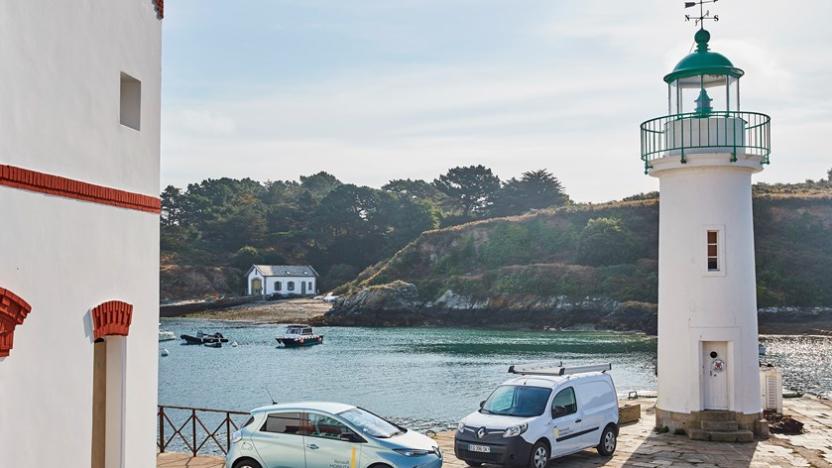
Renault is creating France's first 'smart island'
Back in February, Renault helped electrify the Portuguese islands of Madeira and Porto Santo -- a move not dissimilar to Tesla's efforts in Hawaii. Now it's at work again bringing power to the French island of Belle-Île-en-Mer, in a bid to create the first "smart island" in its home country.
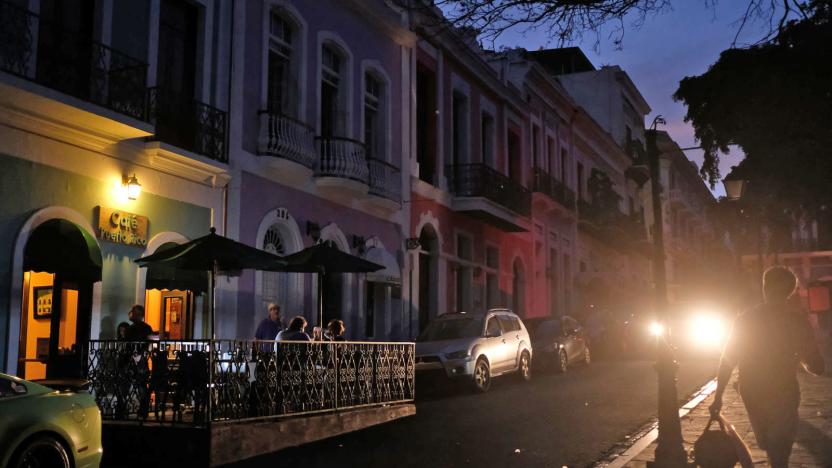
Puerto Rico restores power in its final affected neighborhood
The Puerto Rico Electric Power Authority (PREPA) has recently turned power back on in the city of Ponce, and it can now say that it's done restoring customers' electricity across the island. Ponce was the last municipality to be reconnected to the grid since Hurricane Maria knocked out power across the US territory 11 months ago in September 2017. PREPA had a tough time reconnecting it in particular due to the area's rough terrain and the landslides it suffered, which made it difficult for its crew to make repairs.
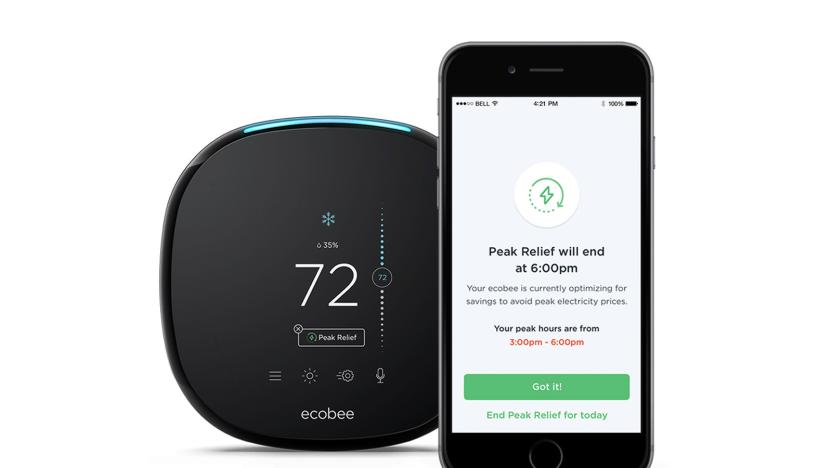
Ecobee smart thermostats now save you money during peak hours
Ecobee now has an answer to Nest's peak-usage energy savings. It's launching a Peak Relief pilot program that automatically cuts down on heating and cooling when electricity rates are at their highest. It uses your comfort preferences, home energy efficiency and the weather forecast to ramp up the heat or AC right before peak times so that you can reap the benefits of your smart thermostat without paying quite so dearly for the privilege. Ecobee reckons that you'll save an additional 10 percent on your bills on top of the 23 percent you're normally supposed to save.

Liquid metal battery could lower cost of storing renewable energy
As dreamy as it might be to combine renewable energy sources with storage batteries, there's a problem: those batteries are expensive. It might take you years to recoup the costs. You'll be glad to hear, then, that Stanford scientists have a way to make those batteries more cost-effective. They've developed a liquid metal-based flow battery that can store electricity at a lower price, even on a large scale. A metal-producing mix of sodium and potassium serves as the negative side of the battery, providing nearly twice the maximum voltage of typical flow batteries (making them high-value) without having to resort to exotic chemicals or extreme temperatures.

Tesla's next California energy storage project may be its largest yet
Tesla's giant Australian energy storage facility may seem small in the near future. Pacific Gas and Electric has submitted proposals for four new energy storage projects to the California Public Utilities Commission, one of which is for a facility at its Moss Landing substation that could output 182.5MW over the course of four hours -- that's more than 3,000 of Tesla's Powerpack 2 units. For context, the Australian location outputs 'just' 129MW. The project would have a total 1.1GWh capacity, which fits with Elon Musk's recent hints that Tesla could have a "gigawatt-hour scale" deal within months.
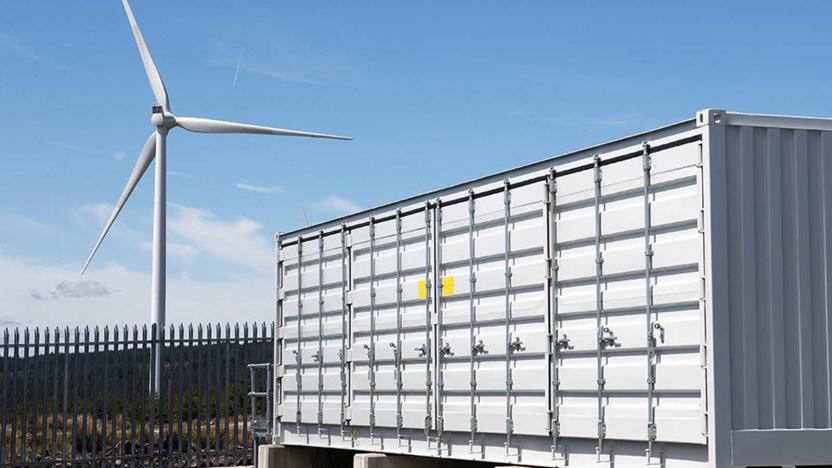
BMW i3 batteries provide energy storage for UK wind farm
The UK is now home to one of the largest energy storage projects using EV batteries. Vattenfall has connected a total of 500 BMW i3 batteries to the Pen y Cymoedd onshore wind farm in Wales, creating the biggest co-located installation in the UK. The add-on (housed in six containers like the one above) will help provide a more reliable source of renewable energy -- it'll provide consistent, readily available power.
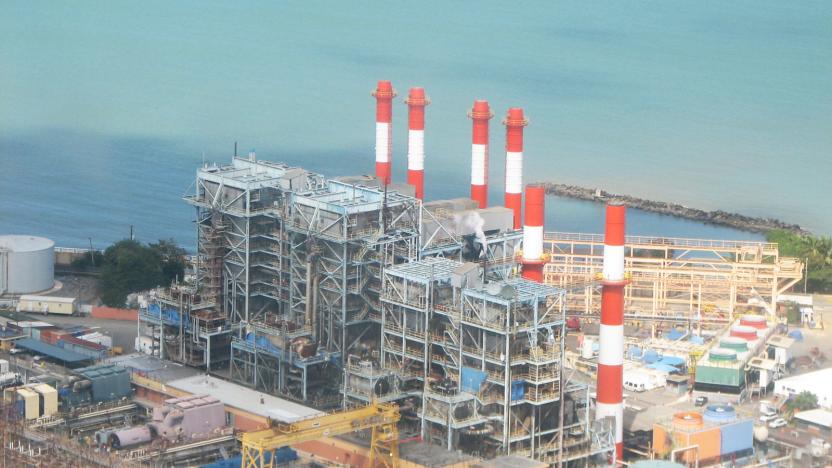
Puerto Rico restores 70 percent of its power following blackout
Just one day after the beleaguered US territory suffered another island-wide blackout, Reuters reports that Puerto Rico's power company has restored power to more than 1.1 million homes and businesses.
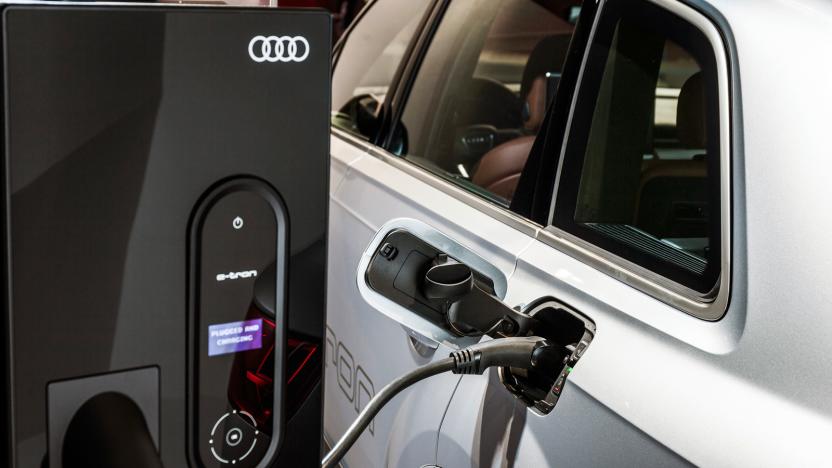
Audi smart home battery grid creates a 'virtual power plant'
Audi isn't going to let rival automakers like BMW and Tesla corner the market on home batteries. The German badge is testing a Smart Energy Network where solar-powered batteries not only help your home minimize use of the electrical grid, but talk to each other. The result is, as Audi put it, a "virtual power plant" -- households collectively feed power into the grid and help balance overall consumption.
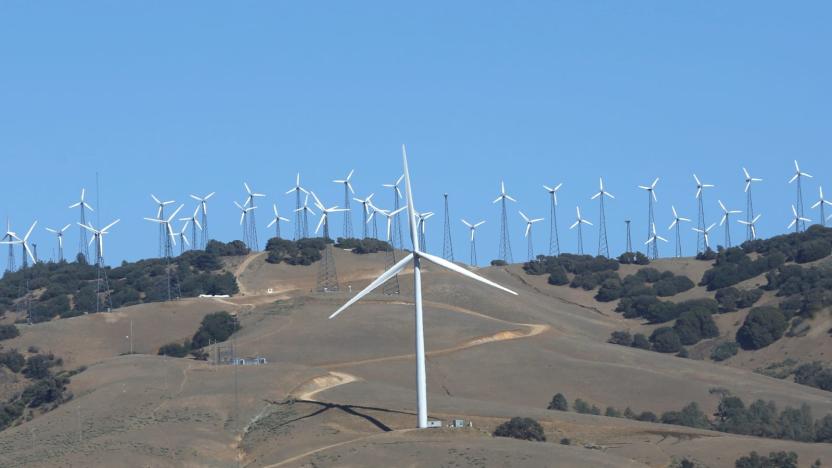
Nearly all new US electricity capacity was renewable in 2017
Renewable energy played an important role in the US last year... although you might not want to cheer too loudly. Data from both the Rhodium Group and the Energy Information Administration shows that solar and wind power represented 94.7 percent of the net new electricity capacity (15.8GW out of 16.7GW) added in 2017. However, that's mainly because fossil fuel power continued to fade away. Electrek noted that plant closures removed 11.8GW of utility-scale fossil fuel power from the equation -- this was more a testament to the decline of coal than a triumph for green tech.

China reportedly wants to curtail wasteful bitcoin mining
China is reportedly seeking an "orderly exit" from bitcoin mining, according to a leaked document seen by Quartz. The nation's internet finance regulator is asking local governments to strongly encourage firms to quit the business by jacking up power prices and and issuing stronger environmental rules. The government is reportedly concerned about pollution and the havoc that could be triggered by investors who lose money investing in mining and cryptocurrency.

Tesla Powerpacks will supply Nantucket’s backup power
Tesla has been boosting power grids all over the world with its Powerpack battery systems and now its energy storage products are heading to Nantucket, Electrek reports. The island will host over 200 Powerpacks that will serve as backup power and grid stabilizers for Nantucket's 11,000 permanent residents and nearly 40,000 seasonal visitors.

Puerto Rico governor will discuss Tesla solar systems with Elon Musk
Following hurricanes Irma and Maria, millions of Puerto Rico residents were left without electricity and it's expected to take months for power to be restored. Well one person mused on Twitter whether Elon Musk could help out by rebuilding the island's electricity grid with solar and battery systems and Musk responded that it wasn't out of the realm of possibility.
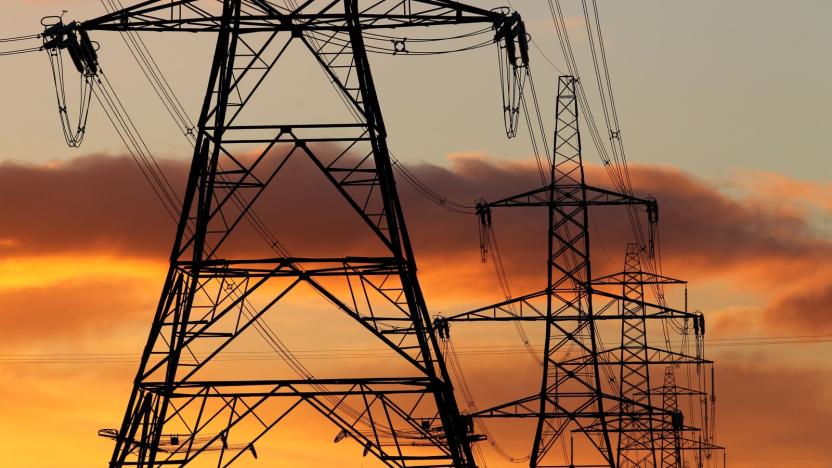
Companies will use AI to stamp out electricity theft
Switching to efficient artificial intelligence systems has already saved Google a ton of money on its energy bills. And, it seems machine learning may also pose monetary benefits (of a different kind) for electricity providers. With power theft costing the industry roughly $96 billion in losses per year, companies could start looking to AI to help identify pilferers.
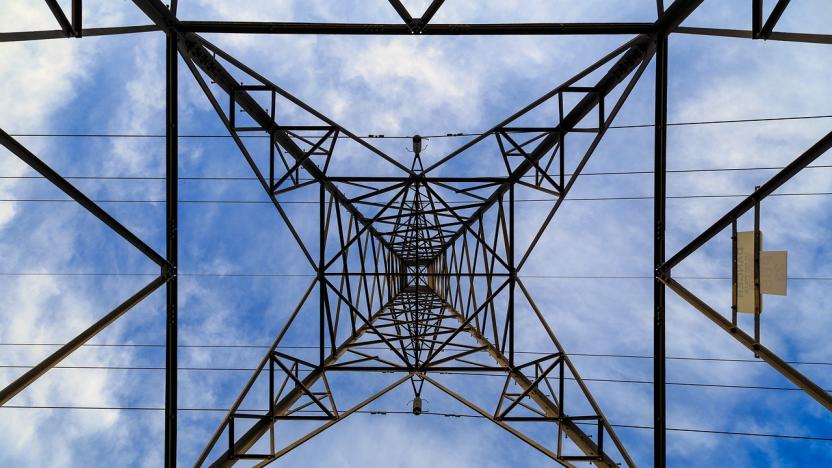
Your solar panels could power the neighborhood during a blackout
A new set of algorithms could make it possible for renewable energy-generating homes to not only access their power reserves during outages, but share their resources with their neighbours -- a move which could play a significant role in disaster relief efforts. Self-sufficiency is an attractive factor when it comes to domestic renewable energy, but even though it's the sun generating electricity, owners of solar panels are still beholden to the grid. During an outage, their equipment powers down for safety reasons, and it's impossible to draw on the renewably-generated electricity that's waiting to be used. We've seen companies produce kit to overcome this before -- Tesla's Powerwall home battery system can untether a home from the grid for a few hours, for example -- but researchers from the University of California San Diego want to scale up the technology to have a wider and more meaningful impact.

Carbon nanotube yarn generates electricity when stretched
Wearable makers have long sought to harvest electricity from your movement, but current tech is expensive and inefficient. However, researchers from Texas and South Korea have discovered a promising method using our good old friend, the carbon nanotube. The team twisted the lightweight tubes into tight, elastic-like coils, so that they rotate and generate electricity when stretched. The threads (called "twistron") could lead to new types of generators or self-powered wearables that can track your heart rate and breathing.

The UK wants smart homes to become one with the energy grid
The UK government imagines a near future where smart home devices and appliances can help balance the scales of energy supply and demand, as well as save consumers and businesses money. The Department for Business, Energy and Industrial Strategy has worked with regulator Ofgem and the industry on the "smart systems and flexibility plan," which sets out ways in which we can make smarter, more efficient use of the grid and new technologies. Connected appliances could play an important part. You might want to set your smart washing machine to run when electricity is particularly cheap, for example, or even cede control of your smart fridge to an external force that turns it off for ten minutes when demand is high and the grid is stressed.

Strong winds and clear skies help set UK renewable energy record
This week saw more milestones for renewable energy after the National Grid confirmed that power from green sources supplied more than half of UK energy for the first time. On Wednesday lunchtime, power from solar, wind, hydro and biomass accounted for 50.7 percent of energy production. In another UK first, nuclear, wind and solar each generated more electricity than coal and gas combined.
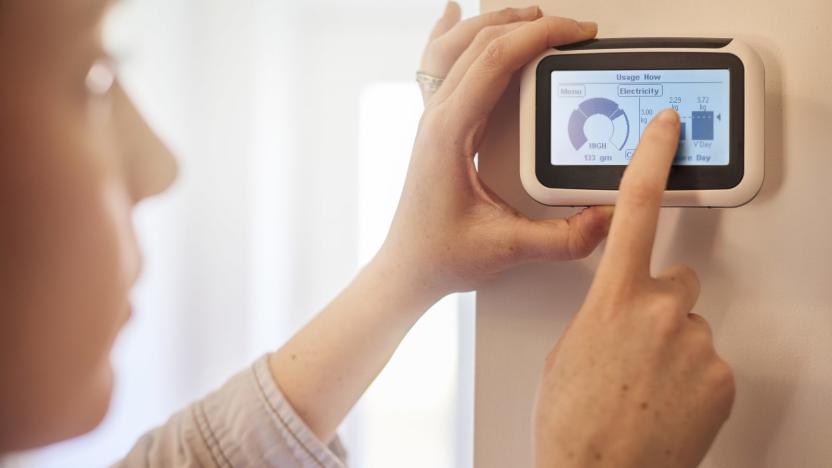
Smart meters might not be so smart
A study from the University of Twente and Amsterdam's University of Applied Sciences believes that smart meters need extra schooling. Researchers have published a report claiming that the meters are greatly exaggerating the amount of energy that's being used. That's a problem, since 750,000 homes have recently installed them, and the Netherlands government wants one in every property by 2020.
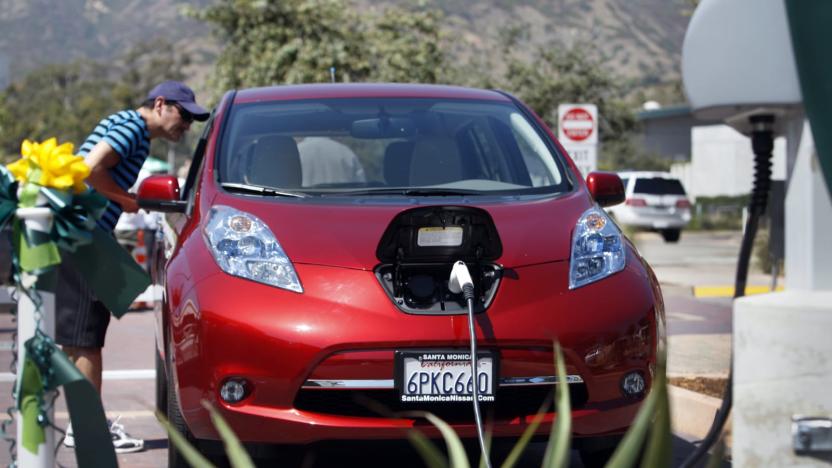
California power companies want $1 billion to build EV chargers
It's expensive to build an electric car charging network, and California utilities want the government's help covering the tab. PG&E, SDG&E and Southern California Edison are requesting roughly $1 billion in funding to build both EV chargers and the power infrastructure needed to support them. Edison is asking for the most. It's asking for $570 million to build public fast charging sites, the foundations for charging medium- and heavy-duty vehicles (including buses) and incentives in both electricity rates and for EV-toting ridesharing drivers.

Stanford students discover how to build wires like Lego
Scientists at Stanford University and the Department of Energy have developed a way to make incredibly thin wires with extraordinary properties. Using diamondoids -- the smallest possible pieces of diamond -- the researchers have been able to build electrical wires that measure just three atoms wide. Thanks to their microscopic size, these remarkably thin wires have the potential to be used to make fabric that conducts electricity without energy loss.










